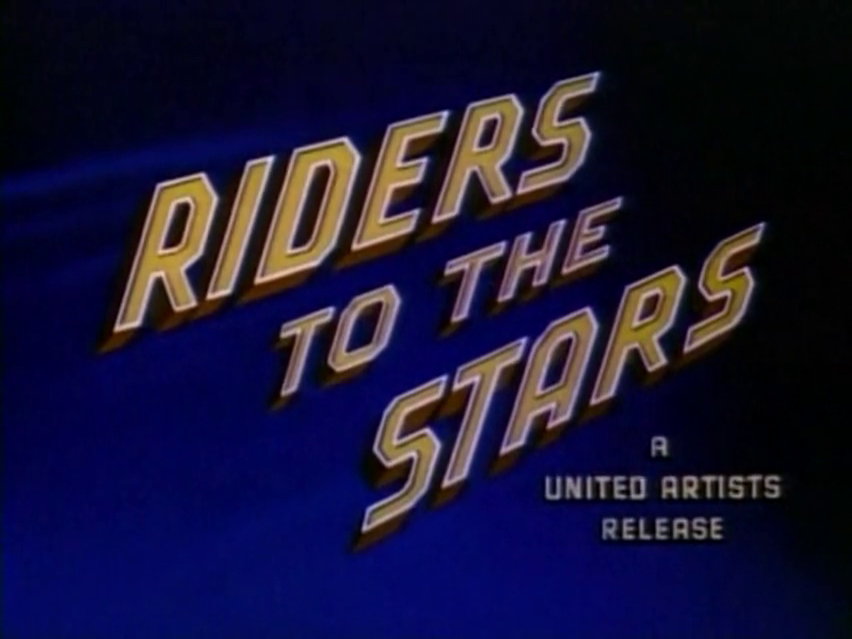
#561 – Riders to the Stars (1954)

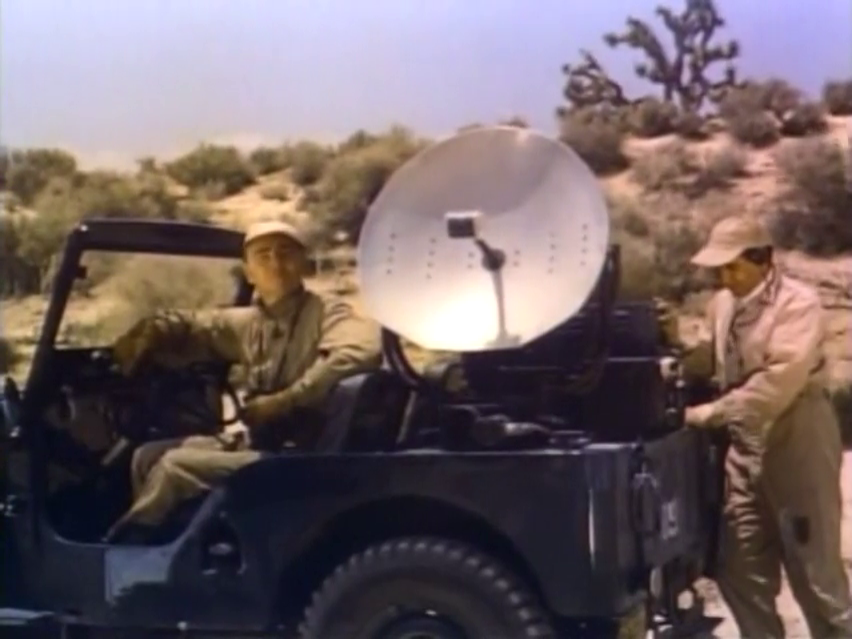
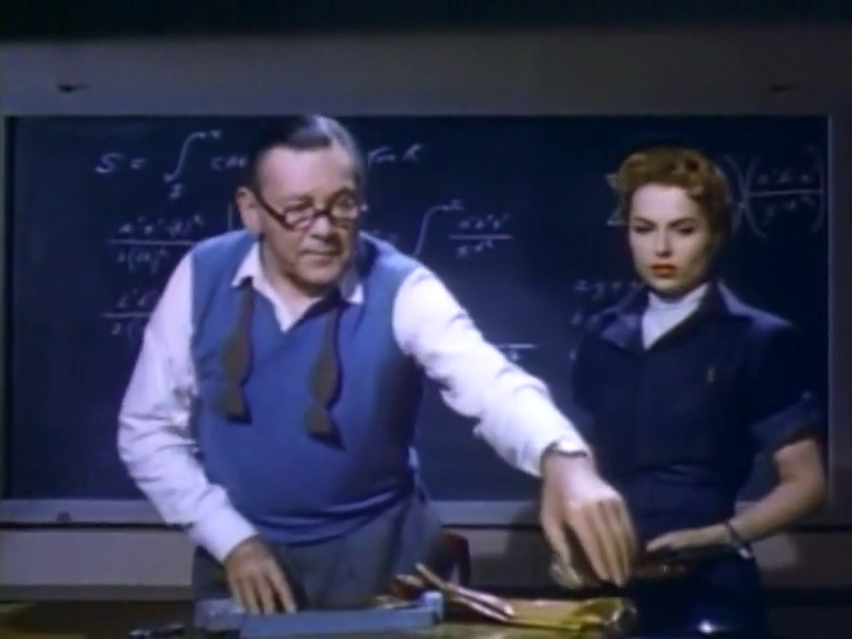
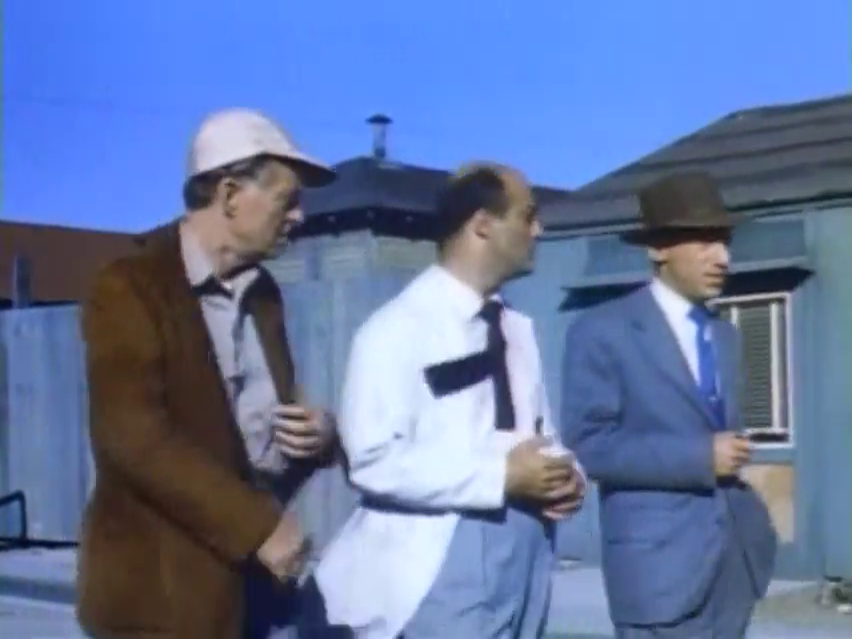
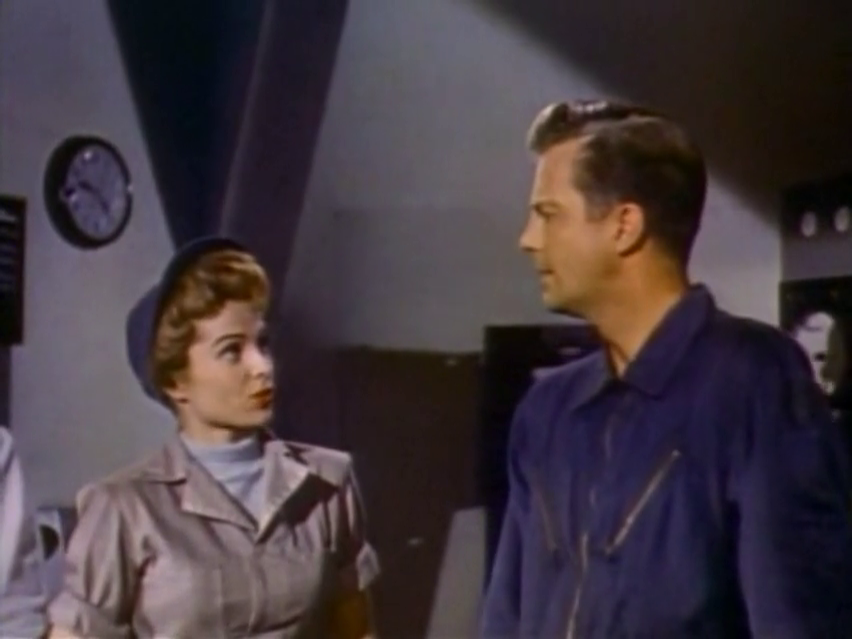
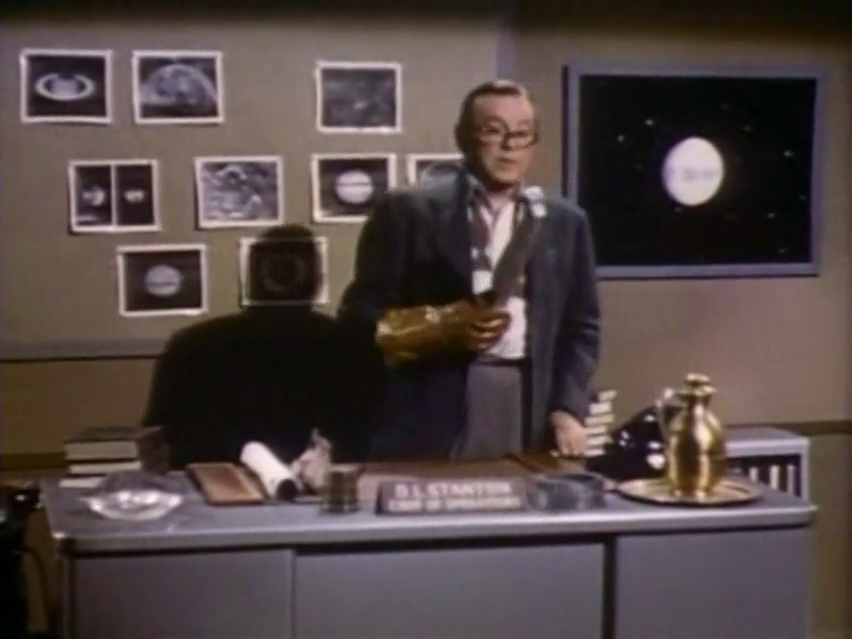
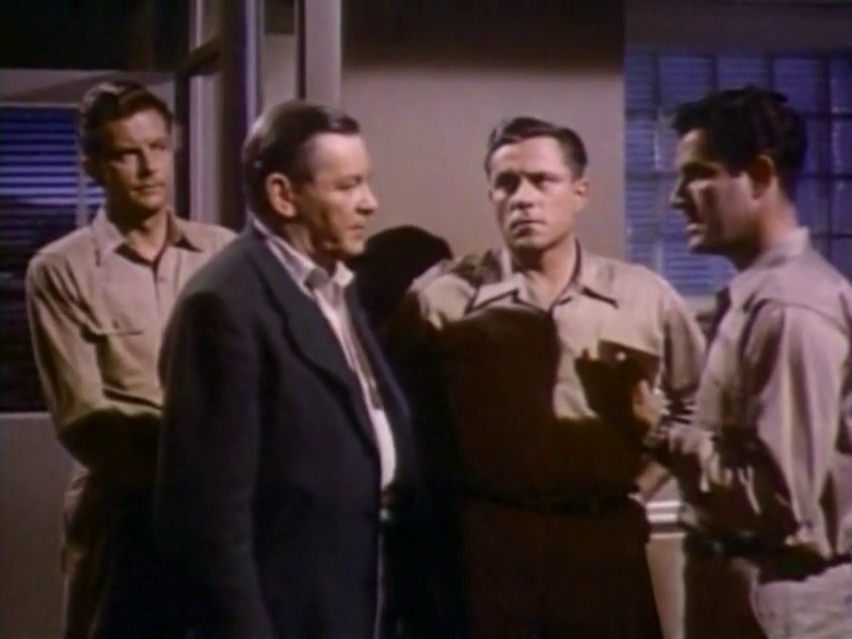
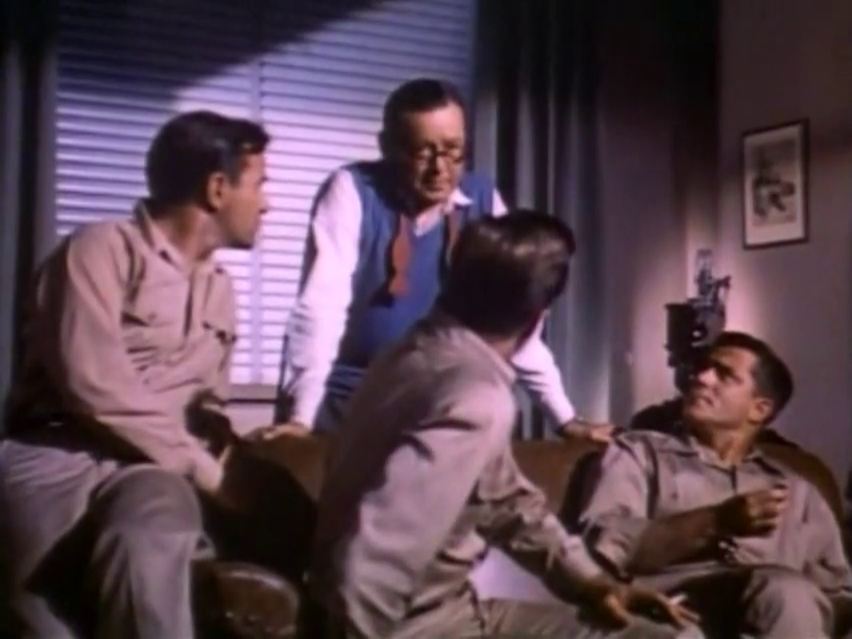
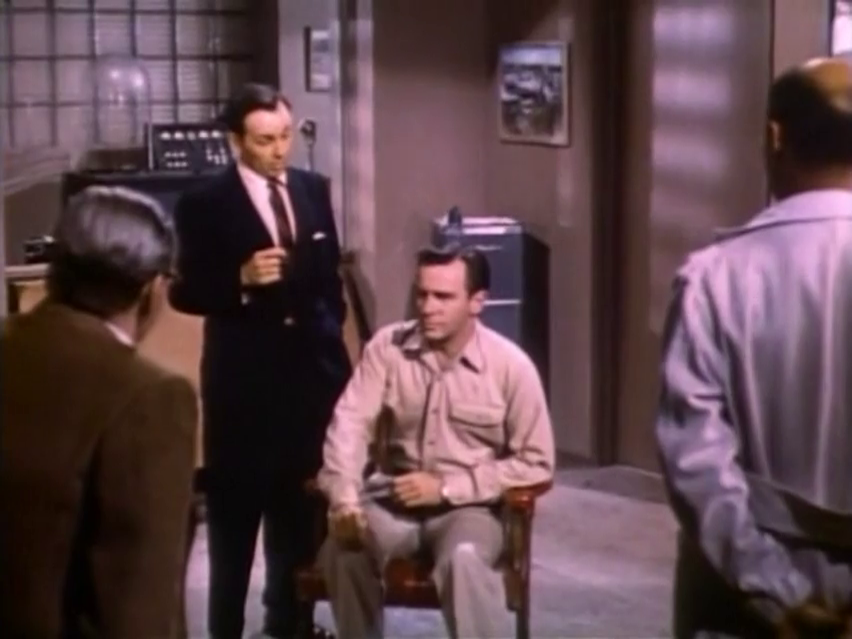
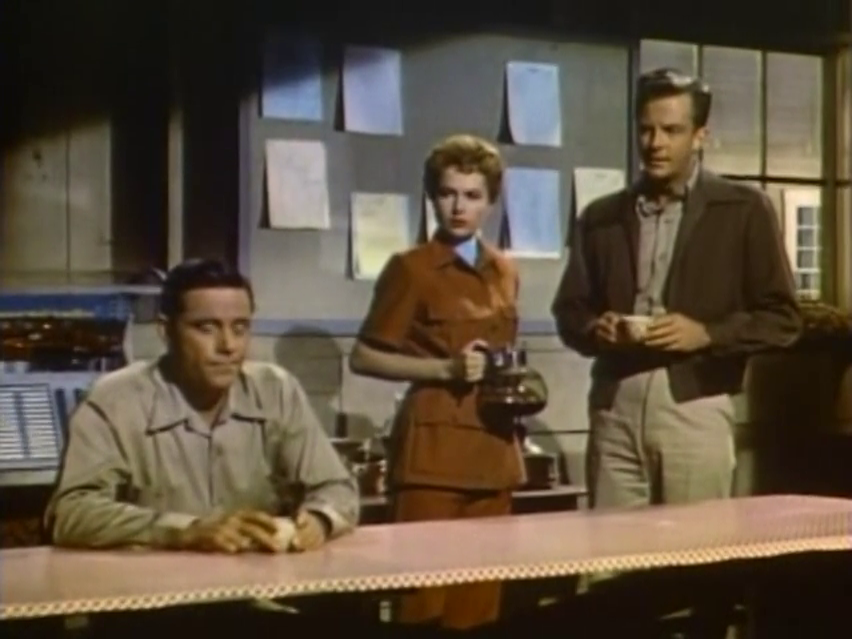
Riders to the Stars (1954)
Film review #561
Director: Richard Carlson, Herbert L. Strock
SYNOPSIS: A group of twelve men highly specialised in various fields are recruited for a top secret project. They undergo various physical and psychological tests until only four remain and they learn the secret of the project: to travel into space and collect a meteorite to discover how they exist in space despite being bombarded by cosmic radiation…
THOUGHTS/ANALYSIS: Riders to the Stars is a 1954 independent sci-fi film. The film’s story centres around twelve men, including Dr. Richard Stanton, who are highly trained experts in their field, all invited to a secret project, where they are put through a series of physical and psychological tests to determine their suitability for the project. When only four remain at the end, including Stanton, they are told the purpose of the project: they are to go into space to collect a meteorite, to see how they survive in space despite the large amount of cosmic radiation, which destroys man-made material. The story mostly revolves around these twelve men undergoing the various tests associated with space travel, including zero-G training. The film has quite a lot of detail and there’s obviously some knowledge and consideration about what would actually be required for a human to go into space, even though in 1954, no one would have done so, so it is a bit speculative. The trouble with all of this is that the film is that everything is so boring, and it doesn’t really bring the science or danger alive thanks to dull characters and long-winded exposition. There’s some discussion about how they need to go into space before their enemies (Soviets, presumably) so they can “keep space free,” but one of the men points out that position is no better than their enemies from conquering space, so the film does have a bit more depth than simple U.S. propaganda in the “space race,” but again, this often gets forgotten over the low energy of the overall plot and progression.
The cast of characters don’t really stand out from one another: the twelve candidates are all middle-aged men with short dark hair that are barely distinguishable from one another. There is, of course, one solitary female character in the main cast, but she is an actual scientist herself (with the “Dr.” title too), which is very rare. Unfortunately, her role devolves into being just a typical romantic interest for the male lead, which is disappointing. The finale of the film does have a bit more energy, as the three rockets head into space to try and collect meteorites, and Stanton being the only one who survives at the end. The cast learn that meteorites survive cosmic radiation by having a thin layer of carbon surrounding them (like diamond), and so presumably they can build satellites and space stations now thanks to this information. Obviously this isn’t really what happens in space, but again since nobody had been to outer space at that point, it probably seemed more believable at the time it was released.
Despite being an independently produced film, Riders to the Stars has a fairly good look and feel to it: the sets are detailed, including a Zero-G testing machine for the candidates, the attention to detail on the science is pretty good, but as mentioned, it does result in long scenes of people explaining things without being able to translate that knowledge into something interesting to watch. Also of note is that the film was filmed and released in colour, which most of these cheaper films of the time were not. A lot of stock footage is also used near the end of the film, including mice in a Zero-G environment, and some of the first footage taken of the Earth from space, but again, it doesn’t really accomplish much in the context of the film. Overall, Riders to the Stars has a decent amount of effort put into it’s production, and is obviously well-researched into what it would take for people to go into space, but the problem with this is that the film is often just dull exposition and dialogue, rarely able to bring the ideas and knowledge it is grasping with to life. Perhaps interesting at the time of release to show viewers how space travel would actually work, nowadays it is wholly unremarkable.

